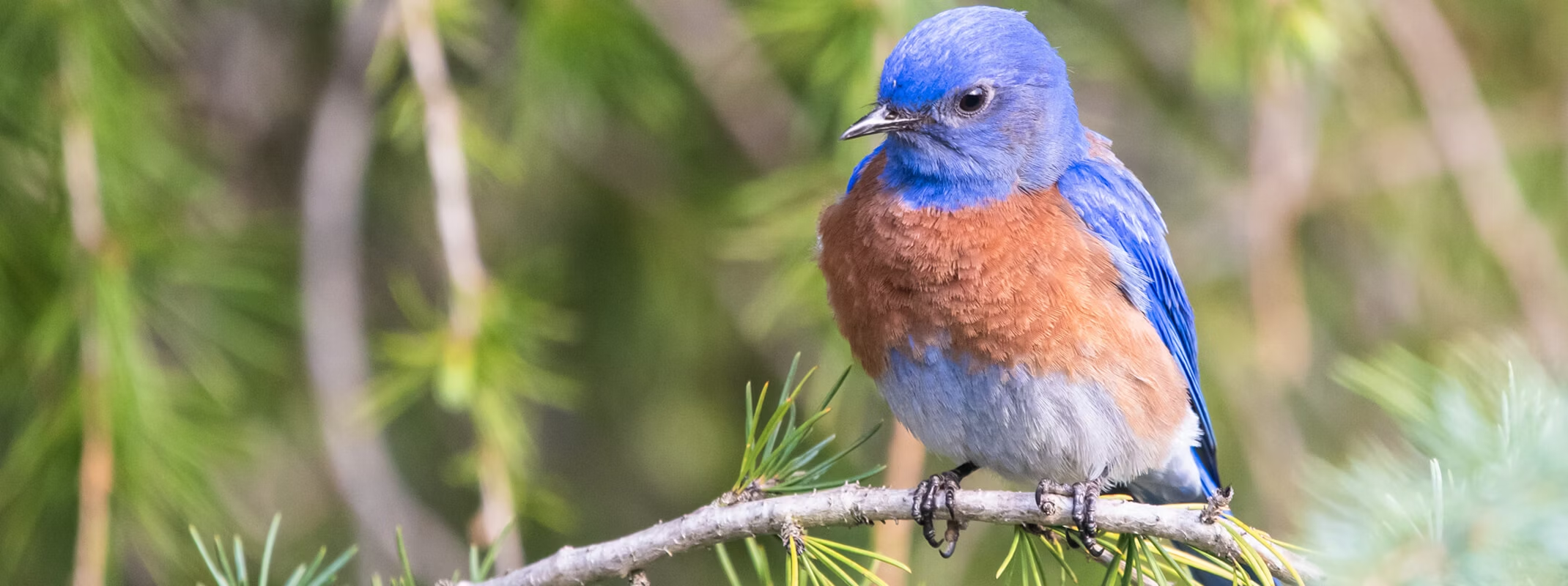Category: Birds

Birds are a captivating and diverse group of animals found on every continent, with over 11,000 known species. From the smallest hummingbirds to the flightless ostriches and penguins, birds exhibit incredible diversity in form, behavior, and habitat. Known for their feathers, wings, and ability to lay hard-shelled eggs, birds play vital roles in ecosystems, such as pollination, pest control, and seed dispersal. Their presence is essential for maintaining ecological balance, making them a critical focus of conservation efforts worldwide.
Types of Birds
Birds are often classified into several major groups based on their habitat, behavior, and physical characteristics:
- Land Birds: These include songbirds, pigeons, and birds of prey such as eagles and hawks, which thrive in forests, grasslands, and urban areas.
- Water Birds: Ducks, herons, and swans are adapted to aquatic environments, with webbed feet and specialized beaks for feeding in water.
- Seabirds: Species like albatrosses and puffins live primarily at sea, coming ashore only to breed. Their long wings and streamlined bodies help them glide across vast ocean distances.
- Flightless Birds: Ostriches, emus, and penguins cannot fly but have evolved other survival strategies, such as running speed or excellent swimming abilities.
Adaptations for Survival
Birds possess specialized traits that enable them to thrive in diverse environments:
- Feathers and Flight: Feathers provide insulation and, for many species, enable flight. Birds have lightweight skeletons with hollow bones that enhance their flight efficiency.
- Specialized Beaks: beaks are adapted to their diets, from the sharp beaks of raptors to the long, curved beaks of nectar-feeding birds like hummingbirds.
- Egg Laying and Nesting: Birds lay hard-shelled eggs, often incubating them in carefully built nests. Parental care is common, with both parents contributing to raising their young.
- Migration: Many undertake annual migrations, traveling thousands of miles to breed or find food. Species such as Arctic terns migrate from the Arctic to the Antarctic each year.
Habitats and Distribution
Birds are found in a variety of environments, each supporting distinct avian species:
- Forests and Grasslands: Warblers, sparrows, and other songbirds thrive in forests, while quails and prairie chickens inhabit grasslands.
- Wetlands and Coastal Areas: Herons, flamingos, and cranes rely on wetlands for food and nesting, contributing to the health of aquatic ecosystems.
- Mountain and Arctic Regions: Eagles, condors, and ptarmigans have adapted to survive in cold, high-altitude environments.
- Urban Areas: pigeons, crows, and house sparrows have adapted to human environments, often relying on urban activities for food.
Ecological Roles and Importance
Birds are essential for ecosystem health and biodiversity:
- Pollinators: Species such as hummingbirds and certain sunbirds pollinate flowers as they feed on nectar, helping plants reproduce.
- Seed Dispersers: Birds that feed on fruits, such as hornbills and toucans, spread seeds, promoting plant diversity.
- Pest Control: Birds like swallows and owls help regulate insect and rodent populations, benefiting agriculture.
- Scavengers: Vultures consume dead animals, preventing the spread of diseases within ecosystems.
Conservation and Threats
Many species face significant threats from human activity, making conservation efforts vital to their survival.
- Endangered Birds: Species such as the California condor and kakapo are critically endangered due to habitat loss and hunting. Conservation programs focus on captive breeding, habitat protection, and anti-poaching measures.
- Impact of Climate Change: Rising temperatures and changing weather patterns disrupt migration routes, nesting sites, and food availability.
- Habitat Loss: Urbanization, agriculture, and deforestation reduce the natural habitats of many species, threatening their populations.
- Pollution and Human Activities: Plastic pollution and hunting pose significant risks to them. Oil spills, in particular, devastate seabird populations by contaminating their feathers.
Conclusion
Birds are a vital component of ecosystems worldwide, supporting biodiversity and ecological stability. From controlling pests and dispersing seeds to pollinating plants and scavenging carcasses, they play essential roles in maintaining environmental balance. However, many bird species are under threat, emphasizing the need for conservation efforts to protect their habitats and ensure their survival.
At UpCube Wildlife, we are committed to safeguarding birds and promoting sustainable practices that benefit their ecosystems. Explore more about conservation and ways to contribute at UpCube Wildlife. Learn about our broader environmental initiatives by visiting our parent company at UpCube. Together, we can make a difference for future generations and preserve the wonders of the avian world.
Nothing Found
It seems we can’t find what you’re looking for. Perhaps searching can help.